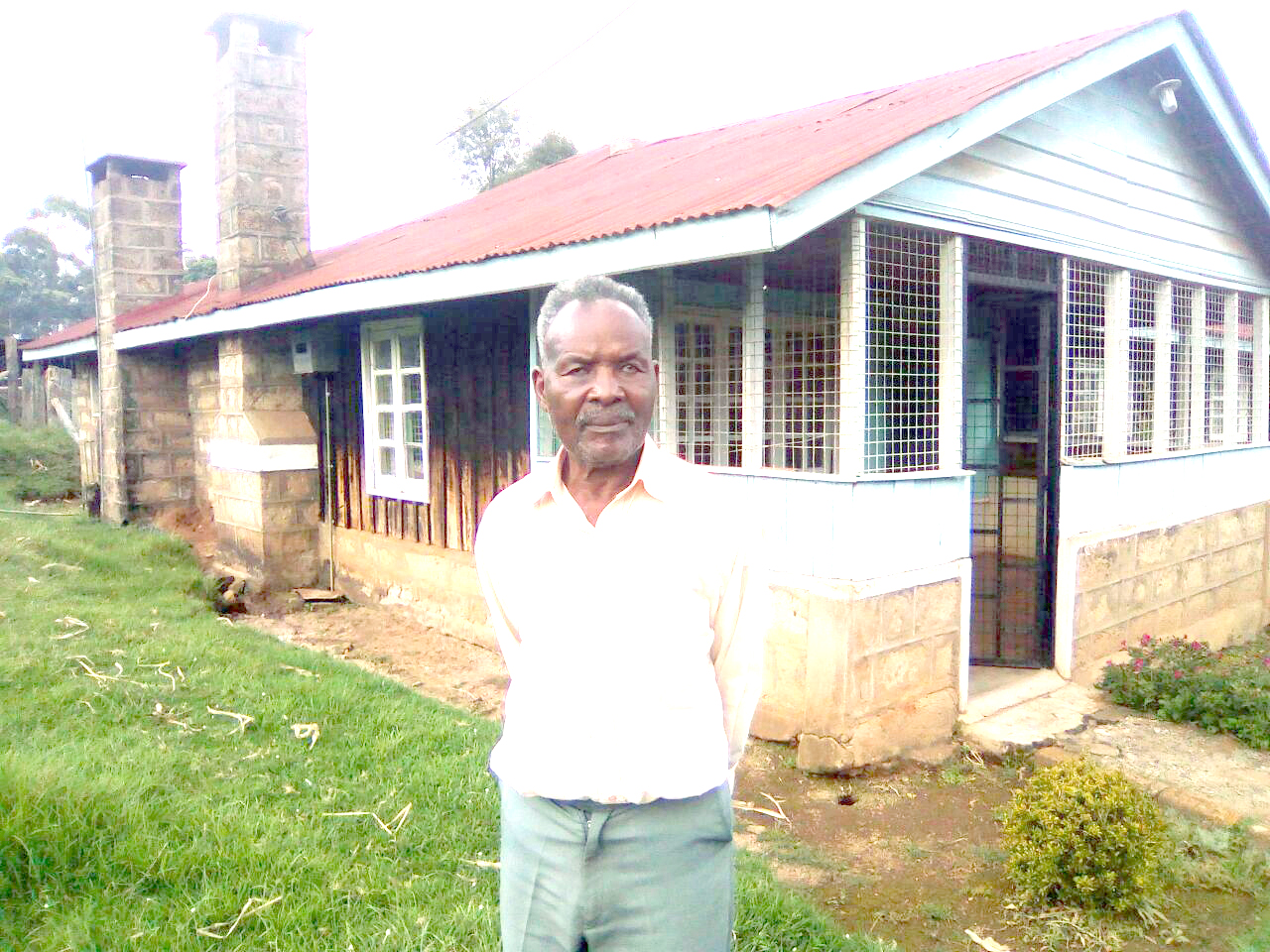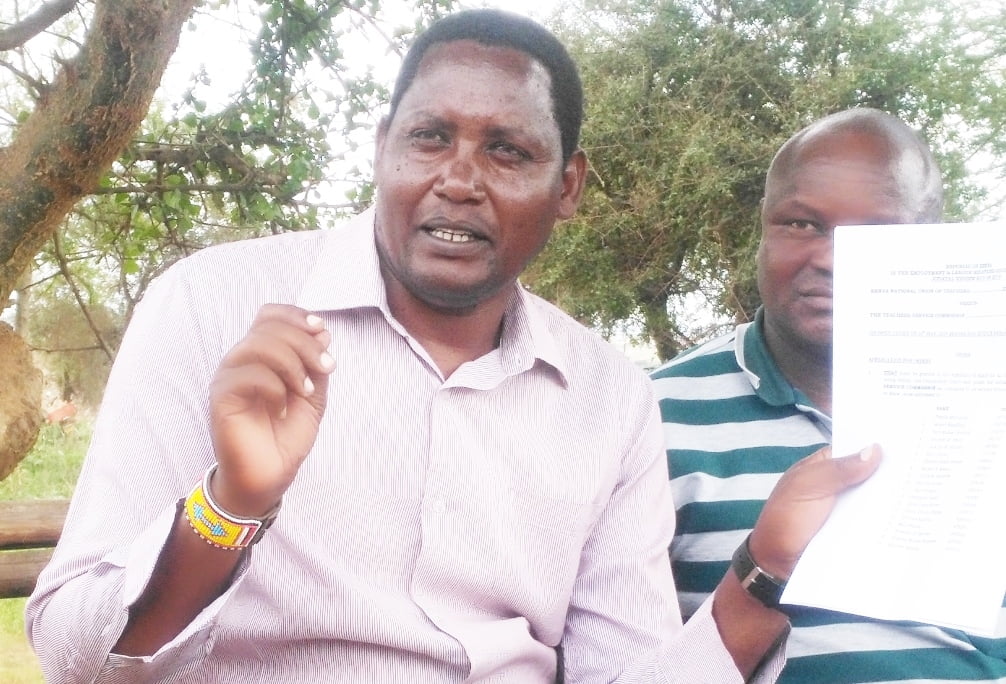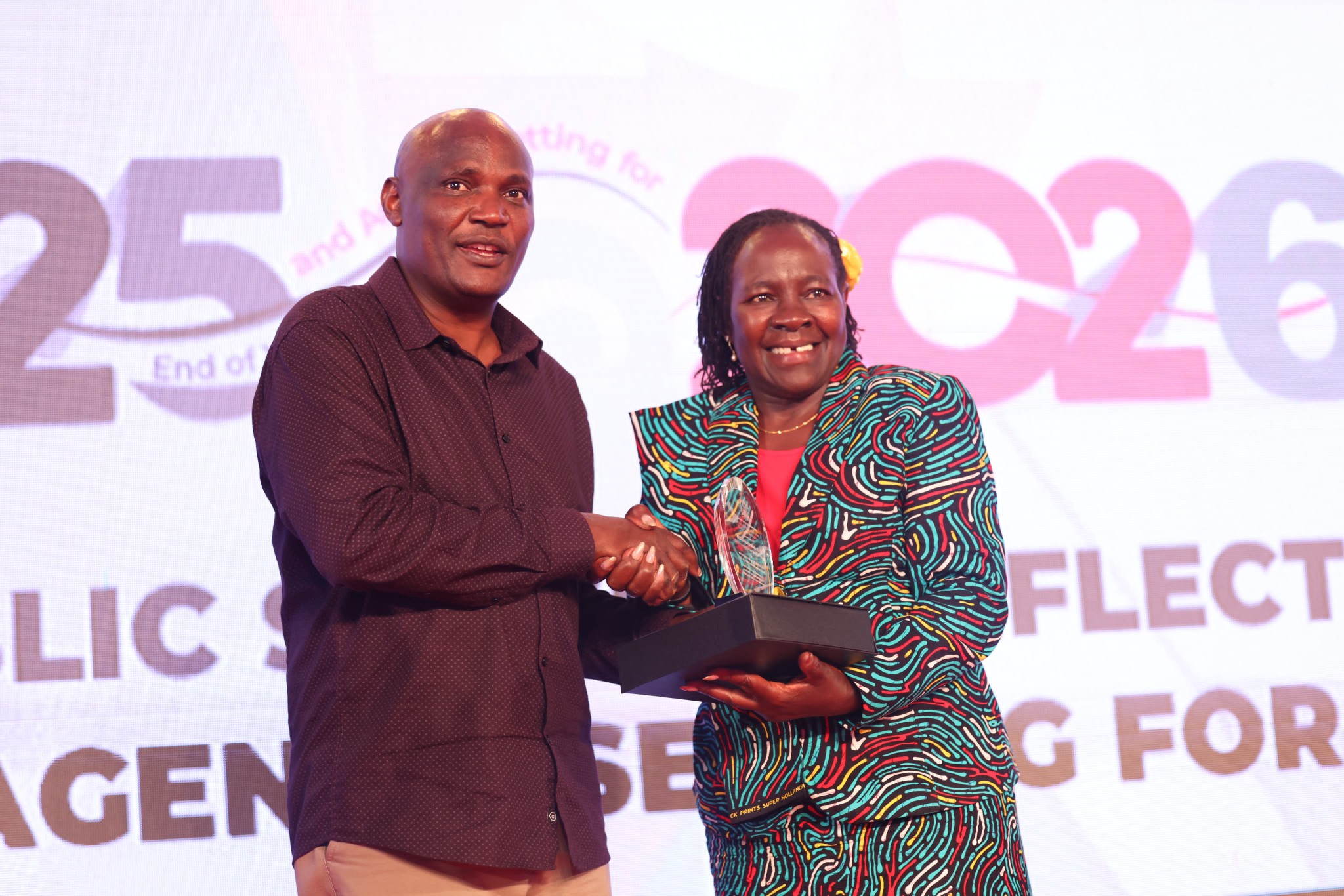By Titus Murithi
The first ever teachers strike in Kenya was carried out in 1962 and it was led by Stephen Kioni, who was the first Kenya National Union of Teachers (KNUT) secretary-general.
The major bone of contention during that strike was that teachers were seeking to have a common employer as they were then employed by different employers and mostly by the various religions like the Methodist Church, Catholic Church and PCEA among others.
According to 80-year-old retired career teacher Jason M’imathiu Mwongera from Katheri in Meru County, before independence teachers had been employed by different religions because it was those religions who owned most of the teachers’ training colleges during those days and every religion would employ the teachers it had trained to teach in their schools.
As a result, the teacher’s pay was very poor as well as conditions of service which impacted negatively on teachers’ well-being.
“I was employed by the Methodist Church in 1958 as a teacher after two years of training at Meru Teachers Training College which was owned by that church”, said Mwongera.
Teachers trained by the Catholic and PCEA could be employed by them as each church trained teachers to go and teach in their schools.
“That kind of situation made it very difficult for teachers to be united to fight for their rights like better pay and better conditions of service. These were the major reasons for the first ever teachers’ strike in Kenya in 1962, which was led by Stephen Kioni, who was the first KNUT secretary-general,” added Mwongera.
He said Kioni visited Meru in 1961 and sensitised teachers on the need for unity and told them being employed by different religions mean no good to them but if they united to form a body to spearhead their interests, things would be better in the near future, and at that point he introduced to them the idea of forming KNUT, which he’d tried to form in 1947 but it went under in 1952 due Mau Mau uprising.
By then, the former larger Meru had about 1,000 teachers, and among the issues that Kioni told teachers to agitate for were one common employer, salary increase and better conditions of service. The idea of one common employer was the genesis of the current Teachers Service Commission (TSC).
On the same day, Meru teachers elected their first officials with Joshua Shandrack, a teacher from Kaugu Primary School being elected as the chair of the committee. Others elected as members were George Koome and Gideon Ringera among others.
“After the daylong sensitisation which had been held at current D.E.B Primary School in Meru town, as teachers we completely got out of our minds the idea about our churches and religions and decided to be united by one body to fight for our rights,” he said.
During the strike’s D-day in 1962, the Meru teachers met at the Mwenda-antu grounds and carried their written memorandum to the District Commissioner’s office which was at the current Meru Museum.
They were also carrying big banners and placards with one clarion call that they were demanding for one common employer.
It was the same demand which was in the memorandum. The colonial DC received the memorandum and told them it would be forwarded to the relevant authorities in Nairobi.
Mwongera further says that the media especially The Daily Nation and Taifa Leo, as from 1960 had helped them so much as teachers because it kept repeating stories on the big countrywide teachers strike. Every teacher made sure he had a copy and local villagers would come to learn from them about the impending teachers’ strike.
After three weeks of the teachers strike, TSC was formed as the common employer of teachers in Kenya, there was salary increment and conditions of service improved.
Retired teacher Mwongera lauds KNUT and all its secretaries general for good and work well done to see that teachers were at least paid well, conditions of service were improved which included house allowance; travel allowance as well as hardship allowances were put in place.
He said before 1962 strike, a P3 teacher earned Sh207 and no house allowance, Untrained Teachers (UTs) earned Sh105, but after the strike, P3 teacher’s salary went up to Sh232 with a house allowance plus other benefits while UTs were proud earners of Sh112 every month end.
Mwongera retired in 1992 at 55 years which was the official age of retirement then. He’d served for 31 years, 28 of them as head-teacher in various primary schools in Meru County.
Some of the primary schools he taught include Nathu, Michogomone, Nthimbiri, Ukuu, Muthangene, Kithirune, Kinjo, Murii and Kaugu.






